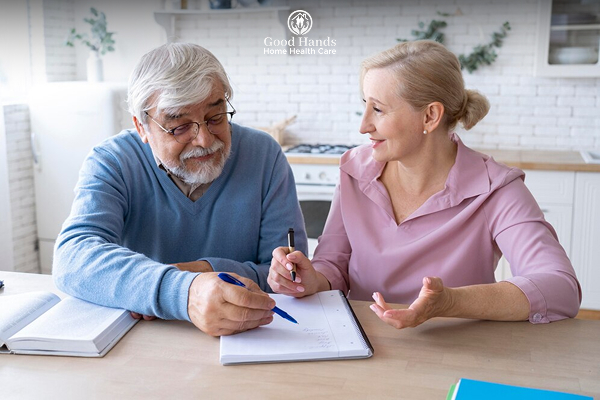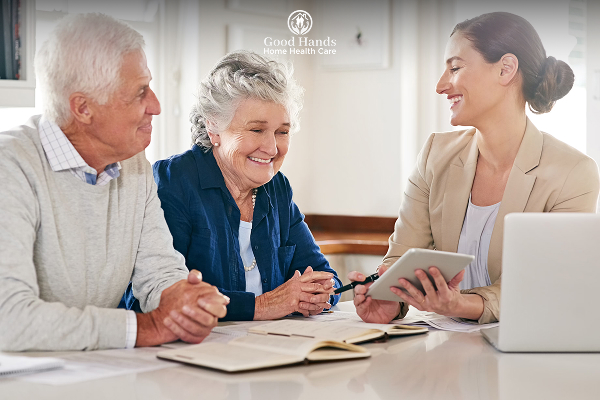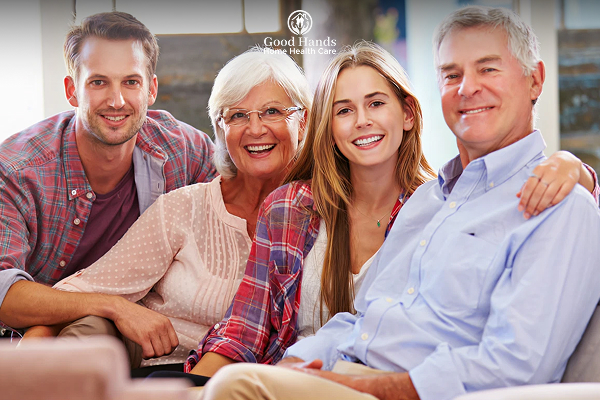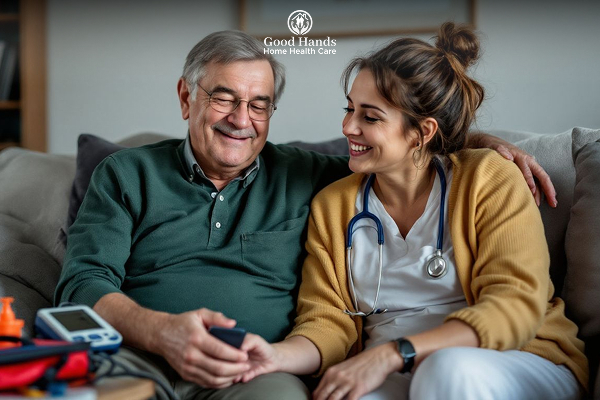Blog
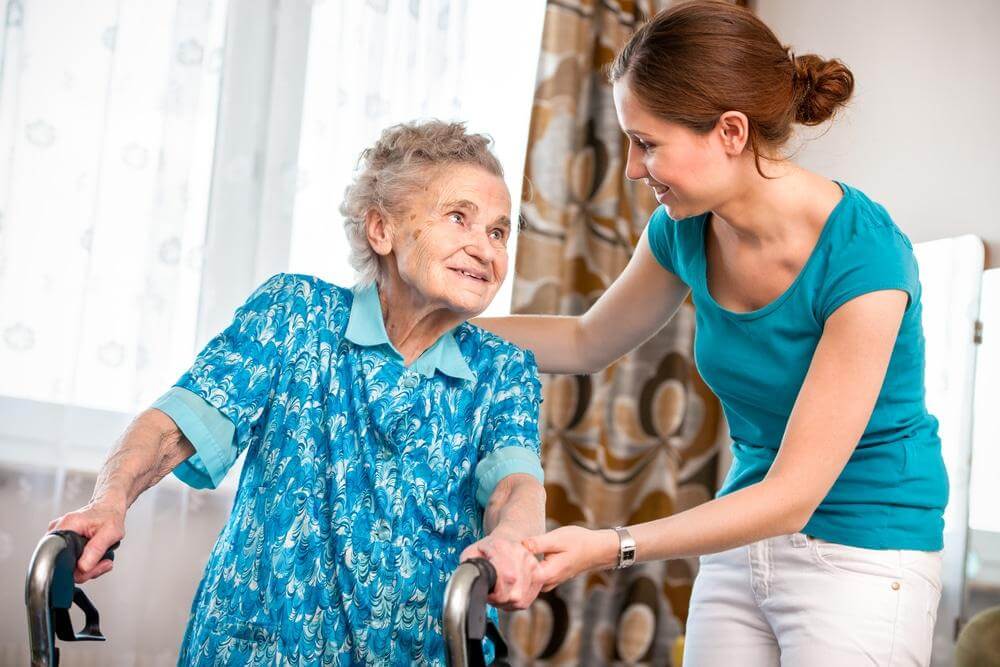
Important Home Safety Tips for Seniors
Whether seniors live in a house, apartment, or with family, they should feel safe in their homes.
According to the CDC, around 36 million seniors fall down and get hurt every year. Falls are the leading cause of injury and injury death in elderly people. In addition to falling, there are lots of other safety risks that seniors need to be concerned about.
By making a few home safety modifications and providing seniors with a few safety tips, they can enjoy living in their homes for many years to come.
What are the safety issues for the elderly? To answer that question, we’re highlighting the home safety issues for seniors and providing some tips for senior safety at home. To wrap things up, we’re also providing a handy home safety checklist for safe senior living.
Tips for Senior Safety at Home
What are 5 precautions you can practice to be safe at home? The following list describes 5 of the most common issues to look at to ensure seniors can live safely at home.
1. Create a Safe Bathroom
One of the riskiest spaces in a senior’s home is the bathroom. Wet floors can cause seniors to slip and fall. To reduce the risk of falling in the bathroom, take these precautions:
- Install grab bars next to the toilet and in the shower.
- Place rubber mats in the bathtub to prevent slipping.
- Insert a special bathing chair into the bathtub.
Another risk in the bathroom is water that runs at a temperature that’s too high. Turn the thermostat down to 120° F to prevent the risk of scalding.
2. Give Them Easy Access to Emergency Numbers
As people age, their eyesight and memory aren’t as sharp as they once were. Provide them with a phone that has a large display window and keypad numbers. Program emergency numbers into their phone, and show them how to use their contact list for quick dialing.
3. Declutter Living Spaces
Take some time to declutter the senior’s living space.
4. Assess Lighting Needs
For many seniors, night vision is subpar, making it difficult for them to get around when it’s dark. The following tips will ensure that their living space is light and bright enabling them to see their surroundings better:
- Replace burned-out light bulbs.
- Install brighter light fixtures.
- Install motion detector lights inside and outside the home where needed.
- Check all lighting to ensure seniors can see across the entire room.
5. Establish a Schedule to Check On Them
Set up a schedule where one or more people regularly check on your senior loved ones. Family members, caring neighbors, and professional caregivers can rotate checking in on seniors to make sure they’re safe.
What Are the Home Safety Issues for Seniors?
Each senior has unique safety needs, and those needs can change periodically. To keep seniors safe continually, it’s crucial to review their care plan on a regular basis to identify potential hazards that could cause them illness or injury.
Be on the alert for these common safety hazards for seniors:
1. Slippery Floors
Wet floors create a slipping hazard for seniors. Pay attention to the areas in front of the sinks, toilets, showers, and tubs.
2. Medication Mishaps
Seniors sometimes take the wrong medication, wrong dosage, or don’t take it all. These issues may be due to forgetfulness or poor eyesight.
3. Wandering and Getting Lost
Dementia and Alzheimer’s can cause seniors to wander and get lost. Without adequate supervision, seniors are at risk of harm.
4. Difficulty Navigating Stairs
Limited mobility and trouble with balance make it difficult for seniors to climb stairs.
Home Safety Checklist for Seniors
The following home safety checklist for seniors will help you cover all the bases to keep your senior’s home safe:
- Hire professional handymen or contractors to handle large tasks like lawn care, routine maintenance, etc.
- Implement an emergency response system which is a wearable device where seniors can press a button to get emergency help.
- Install grab bars near the bathtub, shower, and toilet to assist with sitting and standing.
- Make sure walkways are free of shoes and other household items.
- Ensure that rails and banisters for stairs are secure or install a stairlift.
- Check the water temperature to prevent accidental scalding.
- Remove scatter rugs or tape them to the floor to prevent tripping risks.
- Secure loose electrical cords to prevent tripping or fires.
- Implement an emergency response system.
- Clearly label medications, color code them, use pill dispensers, and set automatic timers for reminders.
When your senior’s home is safe, they feel safe. When they feel safe, it eases their burden and makes life more enjoyable. At Good Hand, we’re eager to work with you to improve safety for seniors and provide caregivers when you need them. Contact Good Hand today for a quote for your caregiving needs.





